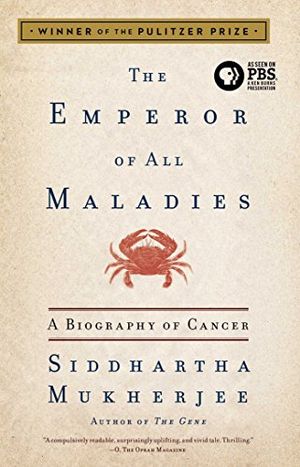The First Patented Animal Is Still Leading the Way on Cancer Research
Oncomouse was a genetically engineered animal designed to help scientists learn more about tumors
/https://tf-cmsv2-smithsonianmag-media.s3.amazonaws.com/filer/04/d0/04d01aae-3973-4fbf-ada2-0772dd45a433/dec2016_c01_nationaltreasureoncomouse.jpg)
The online database categorizing collections of the Smithsonian Institution contained, as of a few weeks ago, 10,210,050 objects and documents, of which 230,590 (or around 2.25 percent) answered to the search term “mouse.” The holdings include carved-jade mice, (Mickey) Mouse yo-yos, mouse pads and the original Macintosh mouse. It also lists at least one actual, formerly living, mouse, of the laboratory, not house, variety. That would be the Oncomouse, an animal that made scientific and legal history as the first transgenic mammal to be the subject of a United States patent.
The Oncomouse, engineered for the express purpose of developing tumors, was announced in a 1984 paper by Harvard researchers Philip Leder and Timothy Stewart and Paul Pattengale at the University of Southern California. Their efforts were intended to meet a need for animal models to study cancer in intact living organisms, rather than cell lines in petri dishes.
To study cancer itself—how it forms and spreads in living tissue—and to test new treatments, required a standard animal that would develop tumors at a predictable, statistically significant rate.
Leder and Stewart focused on breast cancer, for which there was a known causative agent in mice, the Mouse mammary tumor virus (MMTV), which can be transmitted in milk from mother to pup. By isolating the key DNA sequence from the virus and implanting it in embryos (along with, in varying combinations, the cancer-promoting oncogenes myc and ras), they created a mouse susceptible to breast cancer and other tumors: The predisposition could be inherited. In the next five years alone, the 1984 paper was cited more than 200 times in the scientific literature.
Other labs were developing strains of malignancy-prone mice, using different genes. But Oncomouse was the first to be patented. In April 1988, patent #4,736,866 for “Transgenic Non-Human Mammals” was awarded to Harvard, which in turn licensed the patent to DuPont. (Another life-form, a bacterium, had been patented in 1981.)
The chemical company had supported Leder and Stewart’s research and was now seeking a return. It promoted Oncomouse in ads and on T-shirts (the Smithsonian has one of those, too). This didn’t sit well with researchers accustomed to viewing lab mice as a shared (and inexpensive) resource. As MIT professor Fiona Murray wrote in a monograph (inevitably titled “The Oncomouse That Roared”), “The company set a high price per mouse although researchers had long-standing norms about freely trading mice.”
Dupont “placed restrictions,” Murray continued, “on breeding programs, although this was considered a scientist’s prerogative. They demanded publication oversight....DuPont insisted upon a share of any commercial breakthroughs made using the Oncomouse.”
The Oncomouse was also controversial in the context of animal rights. According to Kathleen Conlee of the Humane Society of the United States, the organization has “grave concerns about subjecting sentient animals to commercial utilization through genetic engineering. We also oppose the patenting of animals.” The Society advocates alternatives including computer modeling of disease.
DuPont’s practices remained controversial among scientists until 1999, when Harold Varmus, head of the National Institutes of Health, brokered an agreement allowing scientists to use Oncomice without a fee for academic, noncommercial research.
The Oncomouse, and similar strains of transgenic mice that followed, have been hailed as a revolutionary development in science. Leder, now retired, modestly describes their breakthrough as “a model system” that “provided evidence [for] today’s well-accepted concept that cancer is a genetic disorder.”
In 1994—a decade or so after Oncomouse came squeaking into the world—the Smithsonian National Museum of American History acquired its specimen, preserved by freeze-drying, rather than taxidermy. The museum’s Mallory Warner believes this was done to keep intact the internal anatomy. “They were worried about maintaining preservation of tumors,” she says. “You can see lumpiness.”
Today, the Oncomouse sits in a specimen box inside a storeroom. “It’s the only object [in our section] that our photographers asked to put up on Facebook,” she says. “This is one object everyone seems to get excited about.”
Related Reads

The Emperor of All Maladies